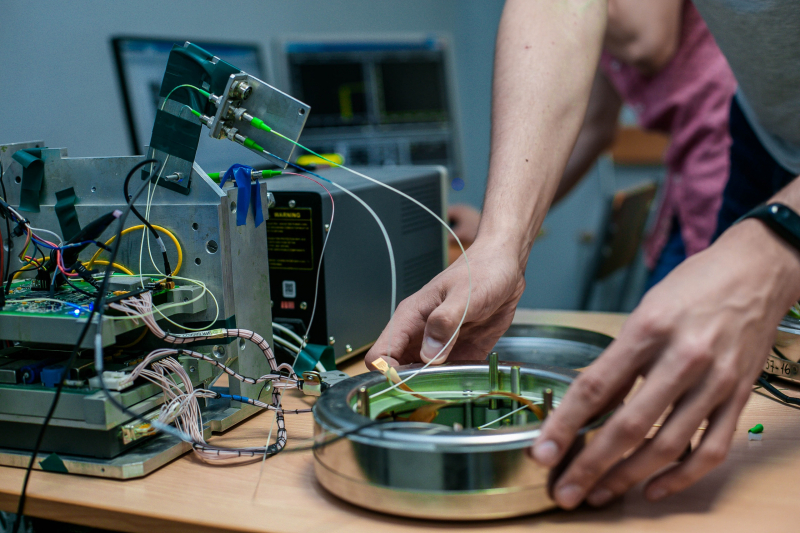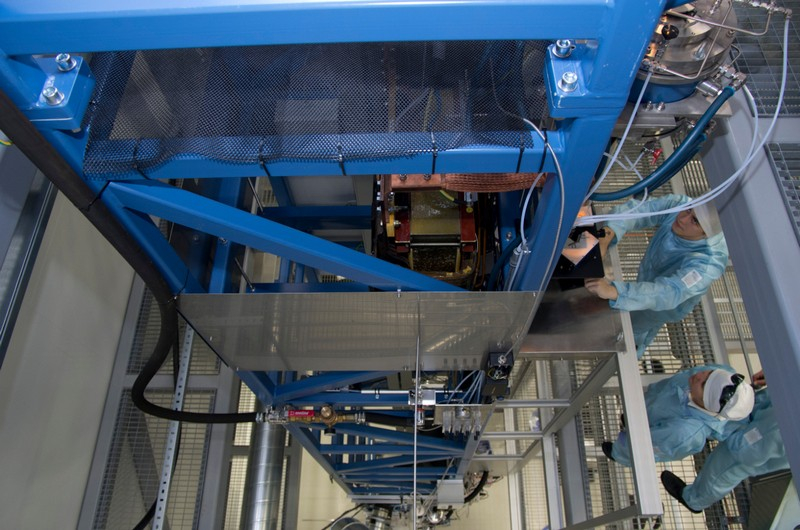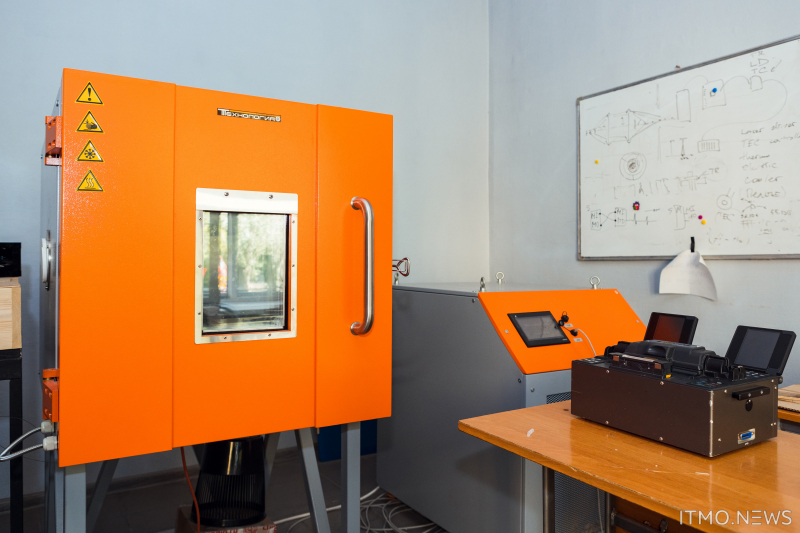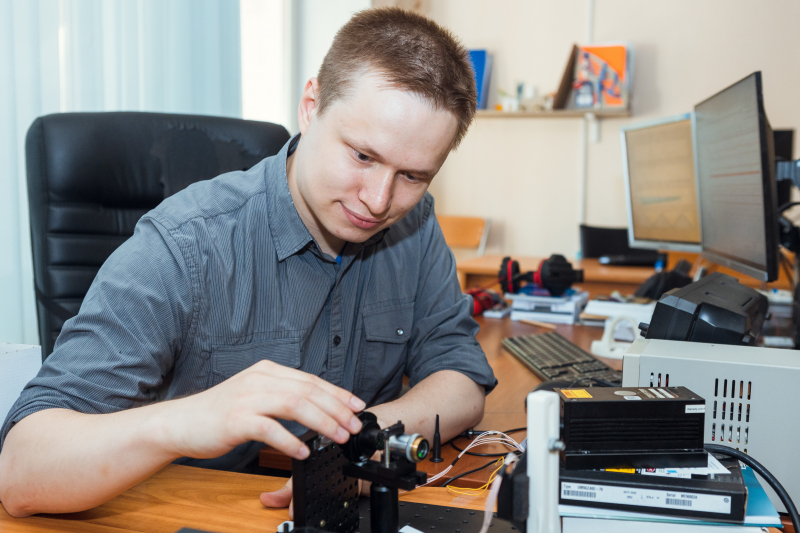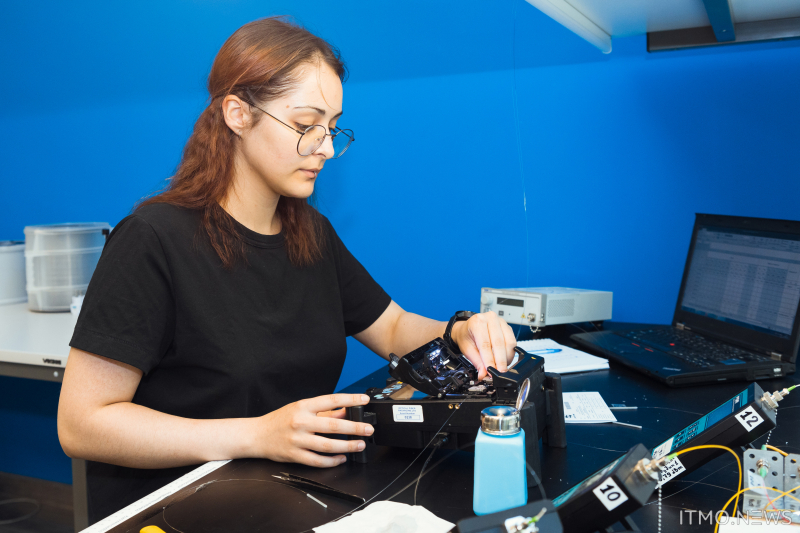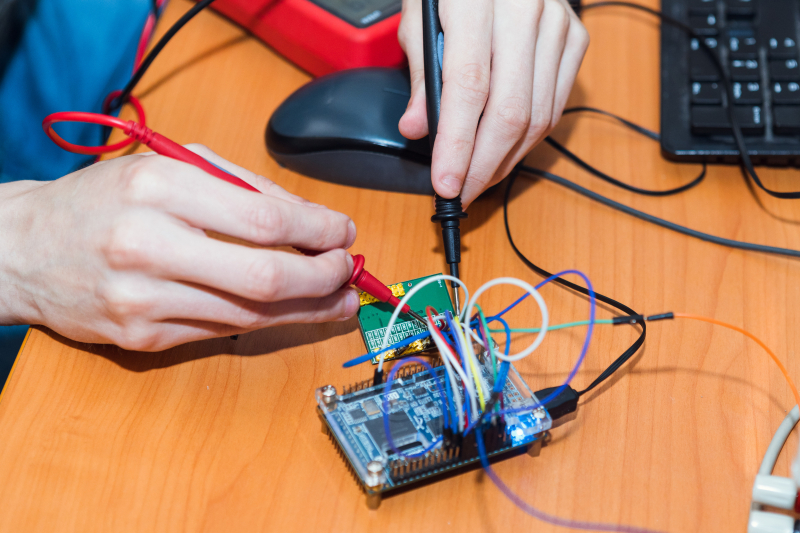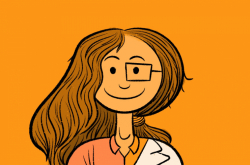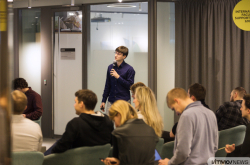Profile
Bio: head of the Laboratory of Modeling and Programming at the Research Institute of Light-Guided Photonics, a part of ITMO’s Higher School of Engineering and Technology.
Team: up to 20 people.
Projects: scientists from the Higher School of Engineering and Technology, including the research group headed by Ivan Deyneka, develop high-precision navigation systems, fiber-optic sensors, measurement devices, and telecommunication tools. Among their projects are a fiber-optic gyroscope for high-precision navigation systems implemented jointly with Elektropribor CSRI, a quantum amplifier for the Polar Express transarctic submarine fiber-optic communication line, etc.
Path to science
As a school student, I didn’t have a dream job. I was doing well in humanities, but I thought that technical fields will allow me to be more useful to society. That’s just how I felt – I didn’t care about the salary. As a result, I applied to ITMO and studied Physics and Engineering of Optical Connection.
In my third year of studies, I decided that I should start a career in my subject area. Many of my fellow students switched fields, but I didn’t want to, so I came to the lab and asked for a task I could take on. That’s when the gyroscope project was born.
Back then, all we had was our idea, and we needed to build a high-tech device from scratch. We solved lots of applied and fundamental tasks. At first, I mostly worked with optics – did adjustments, alignments, polished optic fiber, and conducted interferometry. Then I started to work on software. It was really hard at first, but by the end of my fifth year of studies I realized I liked it and decided to stay in this field. And this hasn’t changed over the years.
The number of tasks grew and I started to form a team, so I became a research supervisor quite early. I enjoyed teaching, working in teams, helping others grow, and solving tasks. I liked being helpful and making every person on the team feel needed. That’s when my road to becoming a PI started. I realized that I’m good at forming and maintaining a team. Now there are around 20 people in my lab, most of whom are my students.
Production and top-quality devices
Our lab is a part of the Higher School of Engineering and Technology and it works on diverse projects, mostly related to high-precision navigation systems, sensors, and communication technologies. We try to develop our projects up to the point of implementation, or better yet – to production and sales.
One of our current large-scale projects is a fiber-optic gyroscope, a device embedded in every modern smartphone that helps detect the device’s location. If you use satellite navigation, you need to stay connected all the time, which isn’t always possible. Plus, navigation should be precise, but modern smartphones have the precision of about one degree per hour. This won’t suffice for submarines or spaceships. Our fiber-optic gyroscope allows us to reach the precision of up to one hundredth or even one thousandth degrees per hour.
This isn’t just theoretical research, but actual systems that have been produced and applied for over seven years. There have been three generations of devices. At first, we aimed to simply come up with a prototype sustainable to cold, but now leading Russian navigation systems include our gyroscope.
Another research field is quantum amplifiers. We produce such systems right here, at ITMO. These amplifiers are used in the project for the creation of Polar Express, a transarctic submarine fiber-optic communication line connecting Murmansk and Vladivostok.
This project requires us to cover a huge length, and quantum amplifiers that will be embedded into submarine cables can help maintain the signal along the way. Those devices are very complex and there are few analogs.
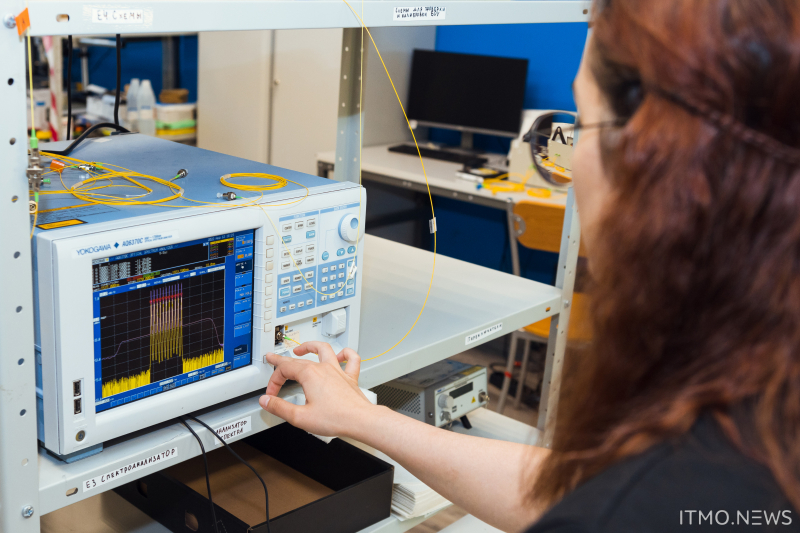
Credit: Dmitry Grigoryev, ITMO.NEWS.
Among our other projects is a fiber-optic detector that helps study the sea shelf for mineral deposits. These devices are attached to a ship and detect signals that pass through the water and get reflected from the bottom of the sea. The bottom’s relief can then be visualized using acquired data.
Another promising project is encoders and other equipment that will make it possible to create high-precision laser processing tools. They can have many applications, from marking and micromilling to high-precision processing of blades in gas turbine engines. In order to achieve that, we need a multicoordinate positioner that operates at a high speed, as well as various sensors. We will work on that in the future; it’s a very prospective field.
How the lab works
Two labs of the Higher School of Engineering and Technology take up most of ITMO’s campus on Novoizmailovsky Pr. 34. I’m the head of the Laboratory of Modeling and Programming and we collaborate with the Laboratory of Programmable Electronics headed by Artem Aleynik. They create electronics and we program it, so we constantly cooperate.
Even though we’re engaged in programming, there’s a lot of equipment – debug boards with programmable integrated circuits, daughterboards, oscillographs, spectrum analyzers, multimeters, signal generators, etc.
PI’s tasks
A typical day will be different for every PI. There are programmers on my team who deal with data compilation, processing, and visualization tasks using C and C++ languages, and those who implement controlling and processing algorithms into hardware. Throughout the day, I talk to both teams to check on our progress. Being a PI means communicating a lot.
Our labs exist thanks to projects with industrial partners, not grants. That’s what makes us sustainable. So maintaining these projects is an important part of my job. It’s not just research, but also business analysis – we need to know if our projects will be beneficial to customers.
In terms of the search for projects, the university’s administration plays a major role, but we, PIs, can also look for partners and present our labs at exhibitions. For example, I have a commercial project for continuous professional training. The course is about field programmable logic device programming and automation of printed board design.
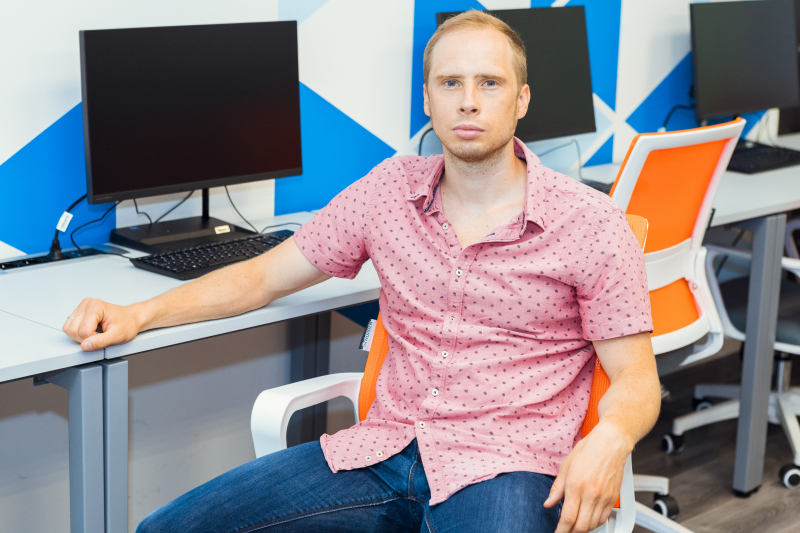
Ivan Deyneka. Credit: Dmitry Grigoryev, ITMO.NEWS.
Principal Investigators at ITMO
In terms of infrastructure, staff, and industrial partners, ITMO University offers one of the best research environments in Russia. Plus, there’s an ongoing project on establishing conditions for the growth of PIs.
For two years in a row, ITMO University has held PI School. The first event took place in 2021. This summer, the university’s SCAMT Institute jointly with Tatneft hosted a PI School for young scientists willing to create and develop their labs. Right now, the PI + Team contest is open for application. The winners will receive up to 30 million rubles of grant money to launch a lab at ITMO. You can learn more here.

